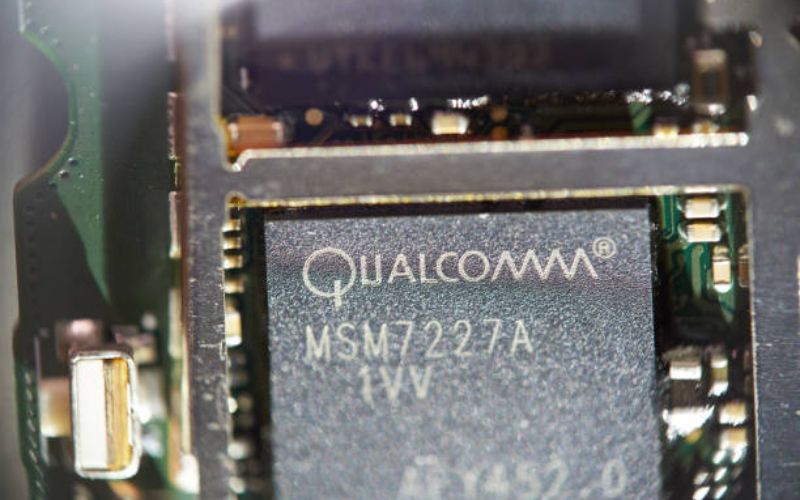Introduction
In recent years, electronics have become smaller and more powerful, which also means that they generate more heat. As a result, keeping these devices cool has become critical, and that is where liquid cooling cold plates come into the picture. These cooling plates efficiently transfer heat from the device to the coolant, protecting sensitive electronics from overheating. In this article, we will explore the benefits of using liquid cooling cold plates in more detail.
Efficient Heat Transfer
Liquid cooling cold plates are designed to transfer heat more efficiently than traditional methods. These cooling plates use a liquid coolant that flows through channels within the plate. As this coolant moves over the device, it effectively picks up and carries the heat away, keeping the temperature low. The design of the cold plate enhances the heat exchange process, ensuring that the device remains cool and operates efficiently.
Reduced Noise Levels
Unlike air-cooled systems, liquid cooling cold plates do not require large fans to generate airflow. This means that they run much quieter, reducing noise pollution in the vicinity. Additionally, having a quieter system can improve the user experience, particularly in scenarios like home theatre setups or quiet office spaces.
Eco-Friendly Option
Liquid cooling cold plates offer a greener alternative to air-cooled systems that can generate a considerable amount of waste. As liquid cooling systems can be more efficient, they also use less power, reducing the carbon footprint. Moreover, liquid coolant is reusable, lowering the environmental impact further.
Customizable
Liquid cooling cold plates can be tailored to specific needs. These cooling plates come in different shapes and sizes, allowing designers to customize them to fit the device being cooled. Moreover, different materials are used to manufacture these plates, including copper and aluminum, offering more options for customization.
High Performance
Liquid cooling cold plates can handle high-performance systems with ease, making them a popular choice for gaming PCs and servers that run intensive applications. With liquid cooling, these systems can remain cool and optimize performance even during extended use. The high cooling efficiency also enables overclocking of components, allowing users to push their devices beyond factory-set limits.
Longer Lifespan
Devices that run at high temperatures are more likely to fail sooner than expected. With liquid cooling cold plates, the lifespan of sensitive electronics can be extended, as these plates protect the device from overheating. The efficient transfer of heat reduces thermal stress, prolonging the lifespan of electronics and reducing replacement costs.
Easy Maintenance
Liquid cooling cold plates are designed to be easy to maintain. When compared to traditional cooling systems, these plates require less cleaning and maintenance, making them a preferred option in commercial and industrial settings. The coolant used is usually non-corrosive, reducing the need for frequent replacement.
No Dust Build-Up
Air-cooled systems often trap dust, which can cause several issues, including clogged air filters and compromised system performance. With liquid cooling cold plates, there is no need to worry about dust buildup, eliminating the need for regular cleaning and reducing downtime that may result from clogs.
Compact Design
The compact design of liquid cooling cold plates makes them ideal for applications where space is limited. This design also contributes to better heat conduction, allowing for more efficient heat transfer. The compactness of these cooling plates also makes them a popular choice for mobile gadgets, where weight and space constraints are critical.
Affordable
The cost of liquid cooling cold plates has significantly decreased in recent years, making them more affordable than ever before. With their long lifespan and low maintenance costs, these cooling solutions can provide a cost-effective cooling solution for sensitive electronic devices.

